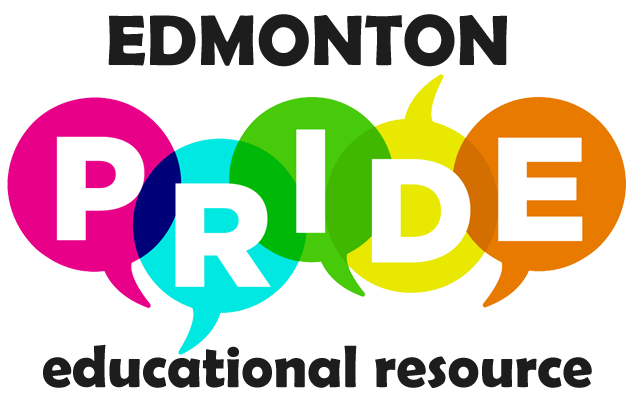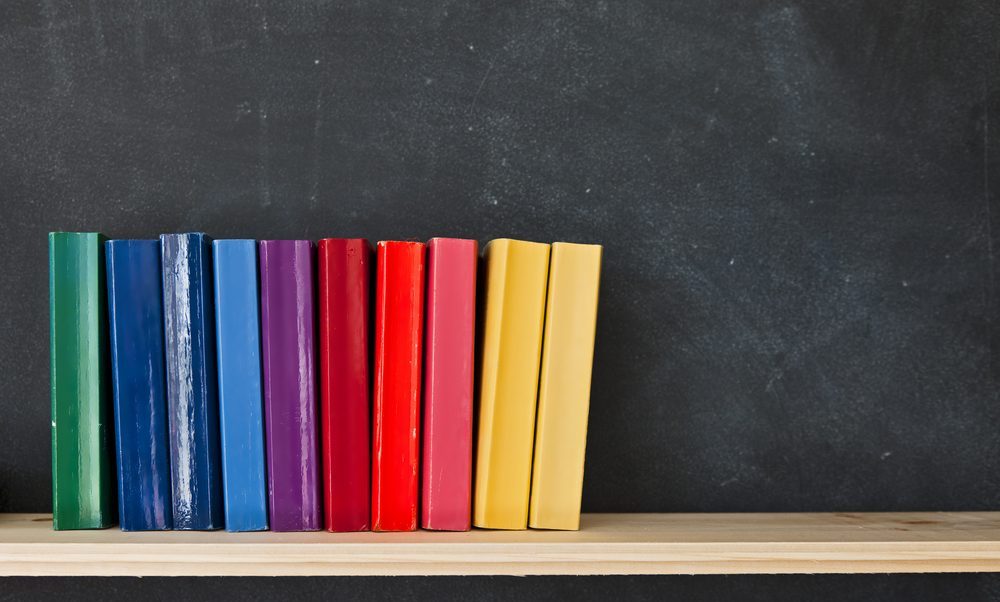Creating an inclusive classroom environment where all students feel represented and understood is very important. Here are some fun classroom games and LGBT-related activities that you could consider for your classroom:
1. LGBT Jeopardy Game
Students will learn about significant LGBT figures, milestones, and concepts in a fun, interactive way.
How to Play: Create categories like “Important Figures,” “Historic Milestones,” “Symbols & Flags,” “LGBT Literature,” and “Global Perspectives.”
Setup: Use a tool like JeopardyLabs or create a simple PowerPoint/Google Slides presentation to setup your game board.
Execution: Divide the class into teams. Each team picks a category and a point value. Read the prompt or question, and the first team to raise their hand gets to answer. Keep score and perhaps offer a small prize or extra credit to the winning team.
2. “Coming Out” Stars
This game can help students understand the diverse experiences within the LGBT community through storytelling.
Activity: Cut out star-shaped pieces of paper. On one side, students anonymously write a brief story or quote about a coming out experience (it can be personal, from someone they know, or a fictional scenario designed to foster empathy).
Discussion: Hang the stars around the room and allow students to read them. Discuss the different emotions and situations people might face during such a time.
3. Rainbow Flag Creation
Students explore the meaning behind the colors of the LGBT pride flag.
Activity: Provide students with art supplies in the colors of the rainbow flag. As they create their own mini flags, discuss what each color represents (red for life, orange for healing, etc.).
Extension: Students can add a personal touch by including a color or element that represents what pride means to them personally or to a community they want to honor.
4. Role-Play Scenarios
Students can develop empathy and problem-solving skills through role-play.
Scenarios: Create various scenarios that someone might encounter regarding LGBT issues (e.g., hearing a homophobic comment, a friend coming out). Students act out the scenario in groups and then discuss possible reactions and feelings.
Discussion: After each role-play, facilitate a discussion about the different ways people could handle the situation positively and inclusively.
5. LGBT History Month
This activity deepens knowledge about the historical context and struggles of the LGBT community.
Activity: Each student researches an event or person significant to LGBT history and creates a poster or digital presentation. Arrange a classroom or school-wide exhibit to share these findings.
Discussion: Encourage students to explore how history has shaped the current landscape for LGBT individuals and discuss changes over time.
6. Vocabulary Bingo
Students familiarize themselves with important terms related to gender and sexuality in a fun and interactive way.
How to Play: Create bingo cards with terms like “bisexual,” “cisgender,” “non-binary,” “ally,” etc. During the game, read out definitions and have students mark the corresponding term on their cards.
Setup: Use an online bingo card generator or create cards manually. Provide small rewards for winners to keep the game exciting.
7. LGBT Book Club
Encourage your student’s literacy and empathy by reading books with LGBT themes.
Activity: Select a list of age-appropriate books that explore LGBT themes or characters. Allow students to choose one to read individually or read one book as a class.
Discussion: Host discussions about the book’s themes, characters, and how the story relates to real-world issues. This can also include writing assignments or creative projects based on the book.
8. “In Their Shoes” Essay
This activity enhances understanding of LGBT experiences through creative writing.
Activity: Students write a short essay or story from the perspective of an LGBT individual facing a specific life event or challenge.
Discussion: Share stories in small groups or as a class (with the writer’s permission) to discuss the diverse narratives and emotions involved in these experiences.
9. LGBT Trivia Challenge
Build knowledge about LGBT culture, history, and rights through a trivia challenge.
How to Play: Prepare a set of trivia questions that cover various aspects of LGBT life and history. Questions can range from easy to difficult, encouraging learning and participation from all students.
Setup: This can be an individual or team activity, with points awarded for correct answers and perhaps a small prize for the trivia champion(s).
10. Pride Parade Planning
Encourage your student’s creative expression and community awareness by planning a mock “Pride Parade.”
Activity: Students work in groups to design a section of a pride parade, including themes, floats, and messages promoting equality and diversity.
Discussion: Discuss the significance of pride parades and the messages they aim to convey. This can culminate in a presentation of each group’s parade section, either as a drawing, model, or digital design.

